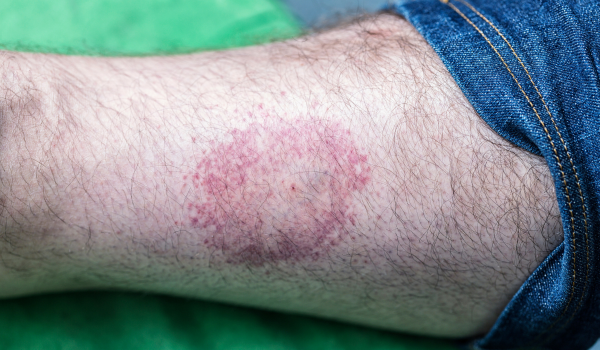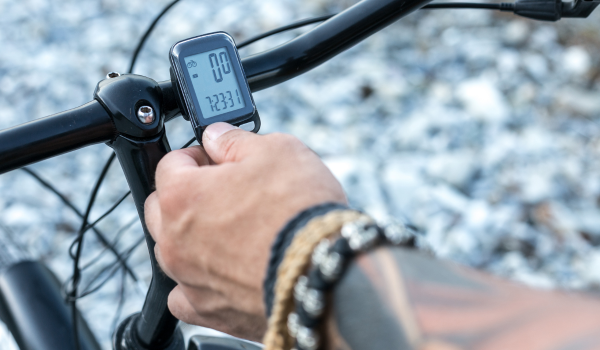
Understanding tick bites
Most tick bites are harmless and may go unnoticed at first. Common mild reactions include:
-
Small red bump at the bite site
-
Mild swelling or skin discoloration
-
Localized soreness
Some ticks may transmit illnesses such as Lyme disease or Rocky Mountain spotted fever. Lyme disease typically requires the tick to be attached for at least 36 hours. Other infections can be transmitted within hours or even minutes.
When to seek emergency help
Call 911 or your local emergency number if you experience:
-
Severe headache
-
Breathing difficulties
-
Sudden paralysis
-
Irregular heartbeats or palpitations
First aid for tick bites
If you discover a tick on your body, follow these steps:
-
Remove the tick using fine-tipped tweezers. Grasp it as close to the skin as possible and pull upward steadily. Avoid twisting or crushing it.
-
Do not use petroleum jelly, nail polish, or heat to remove the tick.
-
Save the tick or take a clear photo of it. This can help your doctor identify the species and assess disease risk.
-
Wash your hands and the bite area with soap and water, alcohol, or an iodine solution.
When to call your doctor
Get medical attention if:
-
You cannot remove the entire tick
-
The rash grows or forms a bull's-eye shape
-
You develop fever, chills, fatigue, headache, or muscle and joint pain
-
The bite site becomes painful, discolored, or begins to ooze
-
You believe you were bitten by a deer tick and may require antibiotics
Even if symptoms resolve, you may still be at risk of infection.
How to reduce your risk of infection
-
Save the tick or photograph it
-
Record the time and place of the bite
-
Monitor your health for 30 days after the bite
-
Seek medical care if symptoms occur later
Tick exposure risk is higher in wooded or grassy regions, especially during warmer months.
Prevention tips for tick exposure
-
Wear protective clothing outdoors
-
Use insect repellent with DEET or permethrin
-
Shower after outdoor activities
-
Check your body, pets, and gear for ticks
-
Dry clothes on high heat to kill ticks that may be hiding







.png)
.png)
.png)






.png)
.png)
.png)
.png)
.png)
.png)
.png)
.png)
.png)



.png)


.jpg)



















